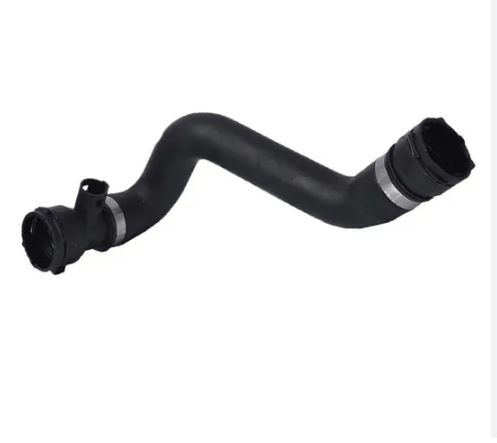
What does a radiator hose do? What exactly is it used for? Does it need special maintenance? What are its specificities? And where to find OEM-quality radiator hoses in the West Island? Indeed, we are not all mechanics and many of us own cars without knowing everything about them from A to Z. But if there’s one thing we know for sure: you should only get OEM-quality radiator hoses installed to not be left stranded. Where to find OEMs? At Autotech Performance Pierrefonds in the West Island of course.
The functioning of the radiator hose
A radiator hose is simply a flexible tube made from rubber, silicone or elastomer that carries liquid or air depending on its position and function in the vehicle. Hoses are all the more necessary for the proper functioning of your car as original OEM quality hoses are the most robust. Indeed, they are designed to withstand temperatures up to 200 degrees Celsius, no less, but also in winter, they will have nothing to fear even by minus forty degrees. A real plus for our Canadian winters. The same goes for the pressure, whether it’s 800 or 1200 millibars, nothing scares them.
As for the radiator hose (or radiator COOLING hose for those of you who know their stuff), we can tell you that it’s made to transport the coolant – that was a bit obvious, wasn’t it? – to the engine from the radiator system. Its function is obviously to keep the engine from getting too hot. With its coolant, this hose allows the engine to cool down.
Where to find OEM-quality radiator hoses in the West Island?
If you open your hood, you will easily find the radiator hose, or rather the radiator hoses, there is the lower hose, this one is located at the bottom of the expansion tank that contains the liquid, this one will send the coolant cold and is more resistant than its sister. The upper hose is at the top of the expansion tank. It carries the liquid from the engine to the radiator to cool it down. It’s usually a black rubber hose, so it’s easy to spot.
As for whether you should replace it with a new one, it’s possible, but not always the case. Sometimes hoses hold up, but some may show cracks or stretching in the rubber. When this happens, it’s best to change it. This may be due to the fluid you are allowing to flow through it. If it is not suitable, it could damage the surface of the hose inside. Hard to see! The hose can also deteriorate if you are a road-trip fan, since you will use it a lot. Signs of damage are cracks, as written earlier, leaks, which are quite easy to spot, and also blisters and swollen areas, which are evidence of the hose stretching. Also keep a close eye on the dashboard as this can indicate a problem with the coolant.
Last but not least, if there is a leak or a chance that your skin will come in contact with the coolant, avoid it as much as possible! It is corrosive and boiling hot! So, put on your safety gloves, above all! For your engine check-up, a good tip: Rely on recommended CAA garages and use the specialists. To book your vehicle’s check-up with the West Island experts at Autotech Performance Pierrefonds, schedule a reservation online here.



